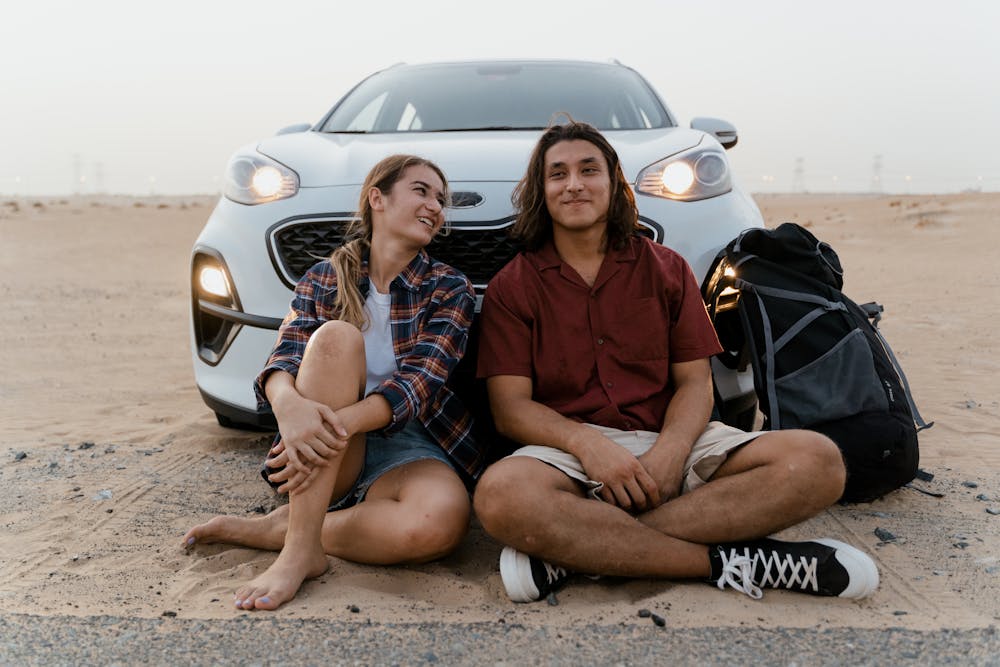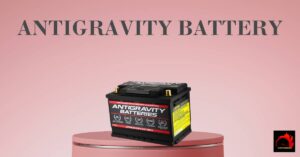Is your teen begging for their own set of car keys? It’s an exciting milestone, but also scary for parents. You want to make sure your inexperienced driver has a safe and reliable ride.
In this guide, we’ll talk about the best car options to keep your young driver protected. We’ll go over crash ratings, safety features, and more to consider. Let’s get rolling.
Why Safety Matters Most?
I’m sure your teen’s mind is filled with dream cars that look slick and fast. But as the parent, looks need to take a backseat to safety.
Some sobering stats from the Insurance Institute for Highway Safety (IIHS): car crashes are the #1 cause of death for teens. Scary, I know. Teen drivers crash four times more than older drivers.
That’s why you gotta be picky when car shopping for your teen. Getting a car with high crash test scores and the latest tech features can really reduce their risk on the road.
Prioritize safety over everything else, even your teen’s desire for something sporty or “cool.” This guide will help you find the right balance.
Setting Your Budget
First, decide your budget for your teen’s car. Going used is the most affordable way, opening up options starting around $5,000. You can also find solid choices in the $10k to $15k range.
If buying new is doable for your family, there are safe models like the Hyundai Elantra, Subaru Impreza, and Honda Civic under $25,000. And bonus – new vehicles come with the latest advanced safety features as standard.
If you’re buying used, aim for the newest car possible that fits your budget. The older the car, the fewer tech safety aids it will have. Prioritize low miles and one-owner vehicles.
Key Safety Features to Look for
Let’s talk specifics on the top tech and safety features to keep your teen protected on the road. Having these driver aids onboard can truly save lives.
Automatic emergency braking – This slams the brakes if the system detects the car is about to crash, helping avoid collisions. It’s one of the most important features for new drivers.
Blind spot monitoring – Sensors detect vehicles in adjacent lanes that might not be visible in the mirrors. Warnings alert the driver.
Lane-keeping assist – This sounds like an alert if the car drifts out of its lane when the turn signal isn’t on. Some systems nudge the car back into the lane.
Stability control – This manages skids by braking individual wheels to keep the car on course. It’s a critical safety aid for drivers of all ages.
Along with those, ABS brakes, backup cameras, traction control, and high crash test ratings are must-haves. Now let’s get into our top picks.
Best New Cars Under $30,000 For Teens
2022 Hyundai Elantra – $19,650
The redesigned Elantra impresses with eye-catching style and loads of standard safety tech, all for an affordable price. It earned an IIHS Top Safety Pick+ rating, the highest honor.
Every Elantra comes standard with forward collision avoidance assist, lane keeping assist, driver attention warning, and automatic high beams. Upgrading to the SEL model adds blind spot collision avoidance and rear cross-traffic alerts.
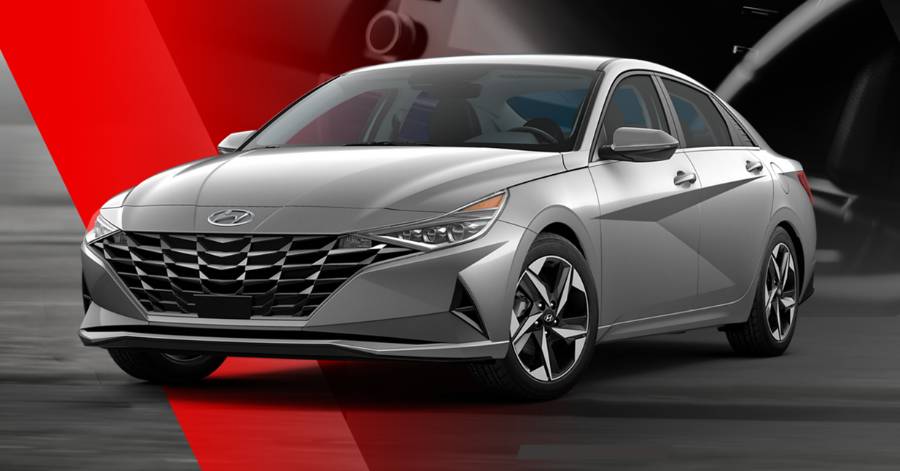
2022 Subaru Impreza – $18,795
Another IIHS TSP+ winner, the Subaru Impreza is one of the safest small cars available. Its standard all-wheel drive gives added traction and control in slippery conditions.
The Impreza comes standard with a rear camera, anti-lock brakes, lane sway and departure warning, and automatic emergency braking. EyeSight driver assist technology offers additional collision protection.
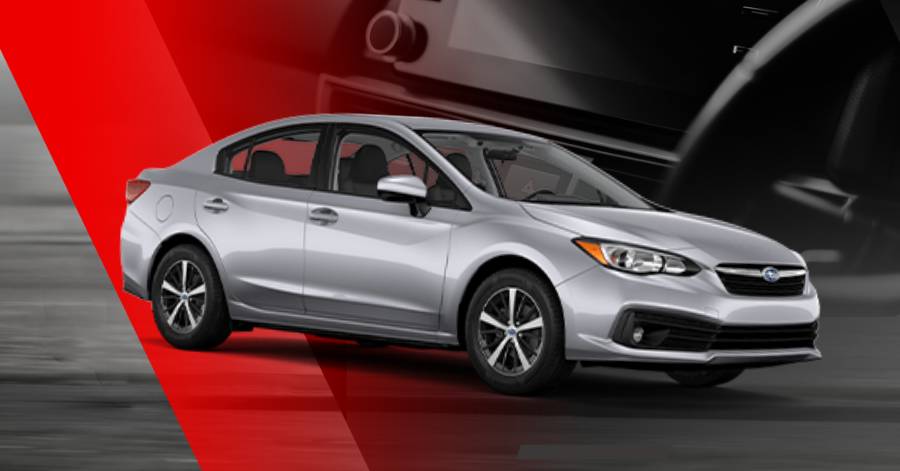
2022 Honda Civic – $22,350
Earning top honors from both IIHS and NHTSA, the Honda Civic is a perennial favorite for its strong reliability ratings and safety. The compact Civic gives good fuel economy along with plenty of passenger and trunk space.
Even the base Civic S comes loaded with Honda Sensing safety features like collision mitigation braking, road departure mitigation, adaptive cruise control, and traffic sign recognition. Higher trims add blind spot information and rear cross-traffic alerts.
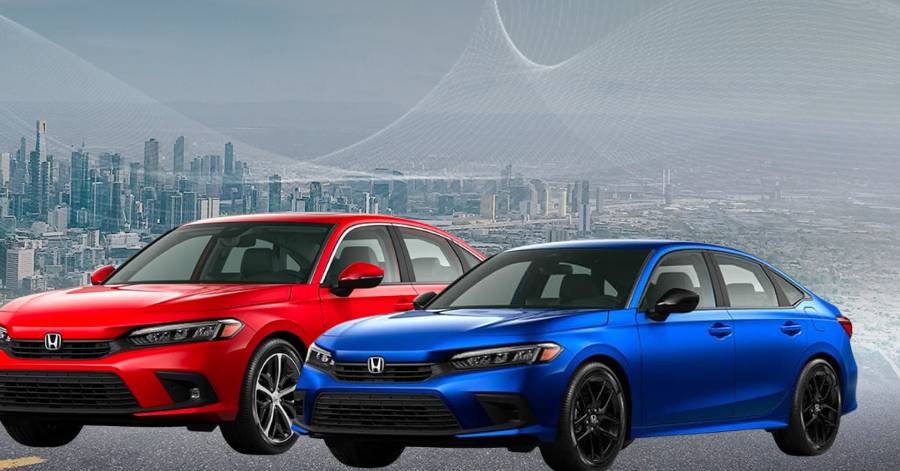
Best Used Cars $15,000 to $20,000
2018 Toyota Camry – $15,000-$19,000
This midsize sedan earned an IIHS Top Safety Pick+ when new. Look for an SE model or higher to get the Toyota Safety Sense system, which includes automatic emergency braking, adaptive cruise control, lane departure alert, and automatic high beams. Higher trims add blind spot monitoring.
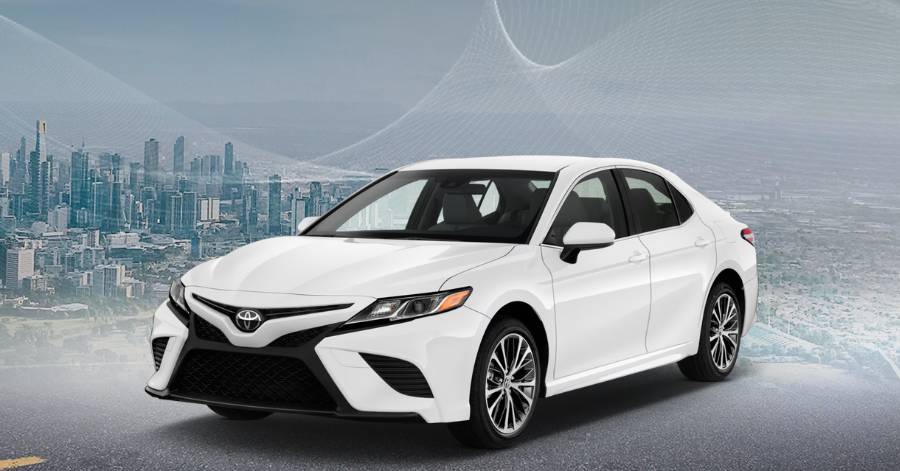
2015 Mazda CX-5 – $15,000-$19,000
Mazda’s sharp-handling compact SUV performs well in crash tests and offers advanced safety features on higher trim levels. Navigation models come equipped with blind spot monitoring, rear cross-traffic alerts, adaptive cruise control, automatic emergency braking, lane departure warning, and auto high beam control.
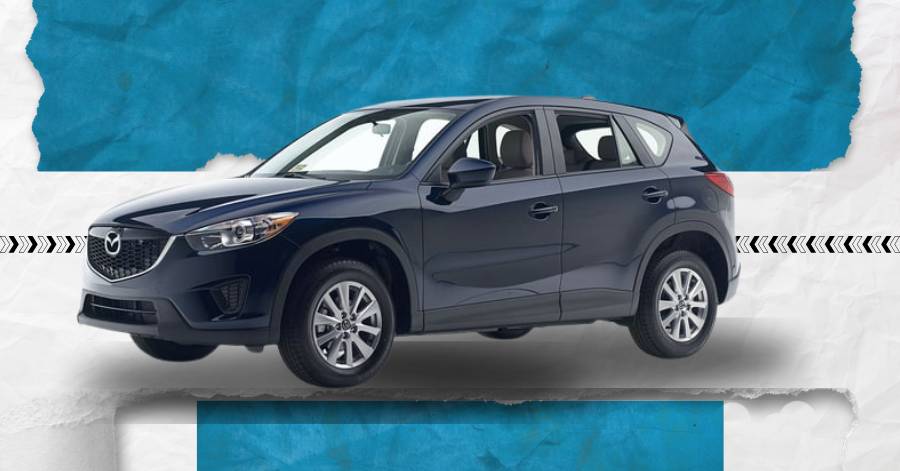
2016 Honda CR-V – $15,000-$19,000
Honda’s CR-V is one of the most popular small SUVs thanks to its practicality, fuel economy, and long-term reliability. When searching, look for a Touring model to get the full Honda Sensing technology suite, which adds collision-mitigating braking, road departure mitigation control, and adaptive cruise control over lower trims.
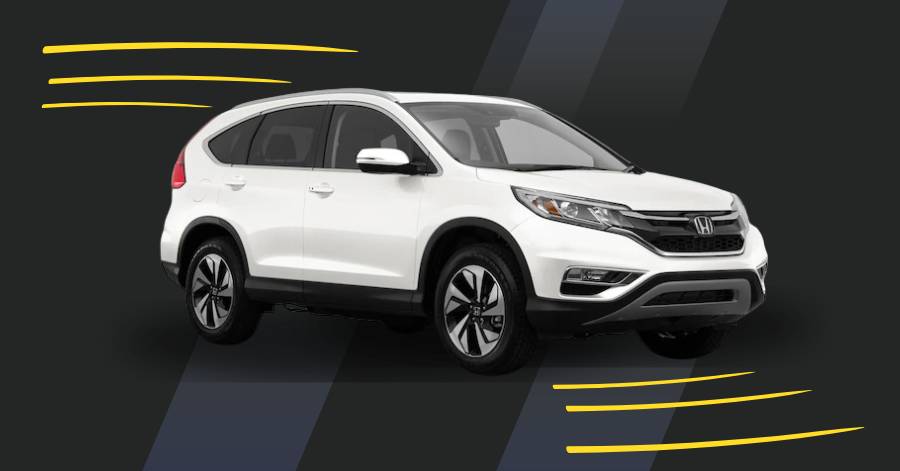
Best Used Cars $10,000 to $15,000
2014 Toyota Corolla – $10,000-$15,000
This compact sedan touts excellent crash test results and Toyota’s reputation for durability. While all trim levels come with seven airbags and stability/traction control, upgraded LE Eco and LE Plus grades add rearview cameras, blind spot monitors, and rear cross-traffic alerts.
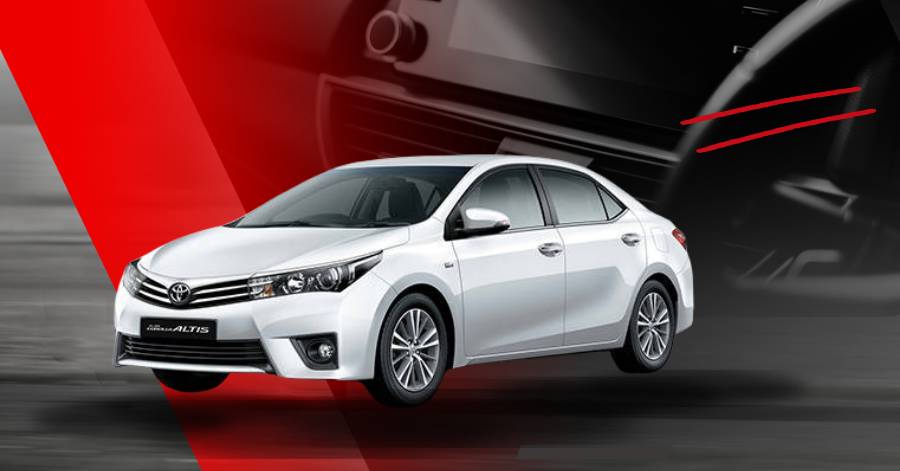
2013 Subaru Outback – $10,000-$15,000
With all-wheel drive capability, ample cargo room, and high safety scores, the Outback makes a great used car option. Premium and Limited models come equipped with blind spot detection, lane change assist, and rear cross-traffic alert to supplement the standard stability control and six airbags.
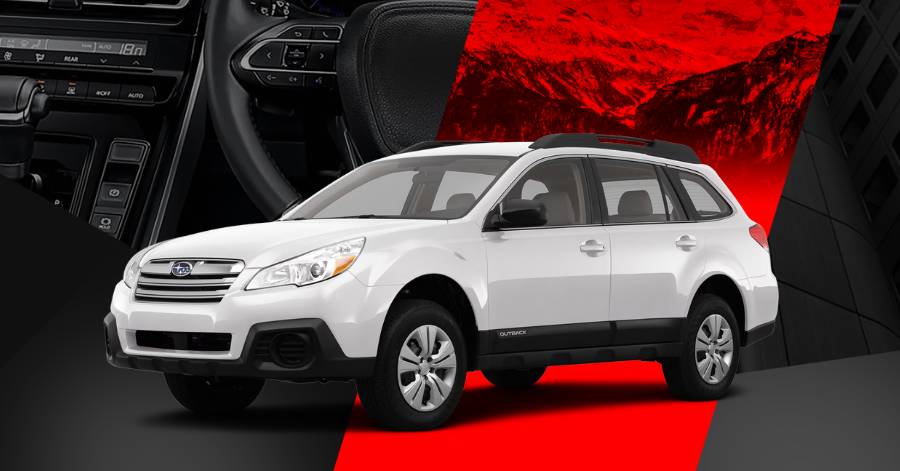
2012 Honda Accord – $10,000-$15,000
Known for its combination of safety, comfort, and reliability, the midsize Accord offers families a roomy but affordable sedan. EX-L versions add forward collision and lane departure warning systems, while higher Touring and EX-L V6 models include blind spot cameras and adaptive cruise control.
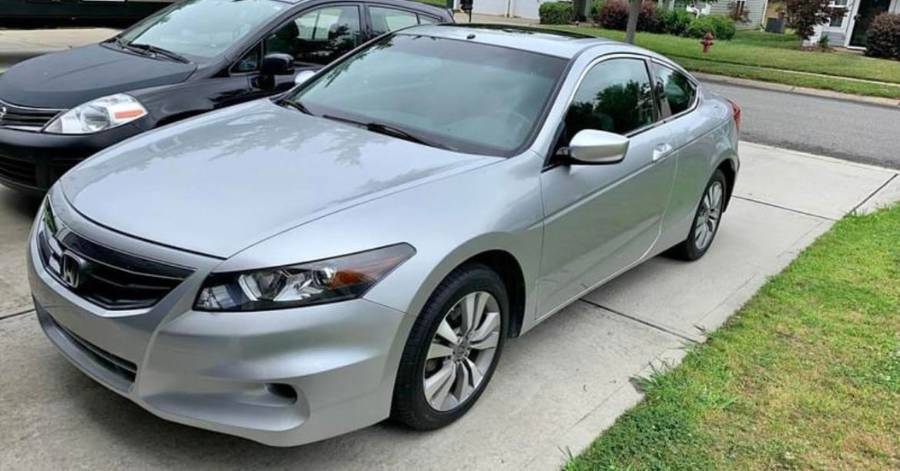
Best Used Cars Under $10,000
2009 Toyota Corolla – $6,000-$10,000
This compact car boasts excellent crash test results in both IIHS and NHTSA testing when new. While features vary by trim, all models come with anti-lock brakes, side curtain airbags, and vehicle stability control. Higher-grade XRS and XLE versions include rear backup cameras.
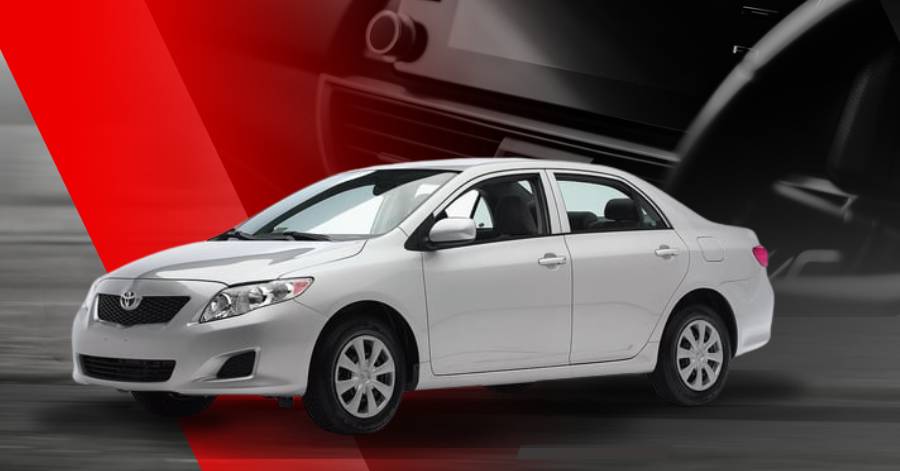
2008 Honda CR-V – $6,000-$10,000
Honda’s CR-V delivers reliability, cargo flexibility, and car-like maneuverability. Stability control became standard for this generation, while EX models added traction control. Alloy wheels, side curtain airbags, anti-lock brakes, and daytime running lights also provide safety.
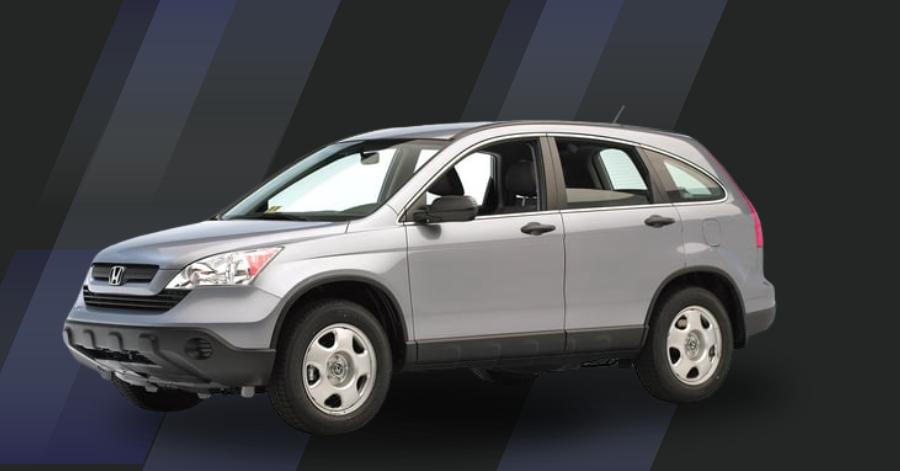
2006 Ford Taurus – $5,000-$10,000
An IIHS Top Safety Pick, this family sedan offers roominess and standard safety features like stability control, side curtain airbags, and anti-lock brakes across all trims. Look for SE models or higher to add extras like rear parking sensors. The V6 engine delivers responsive acceleration.
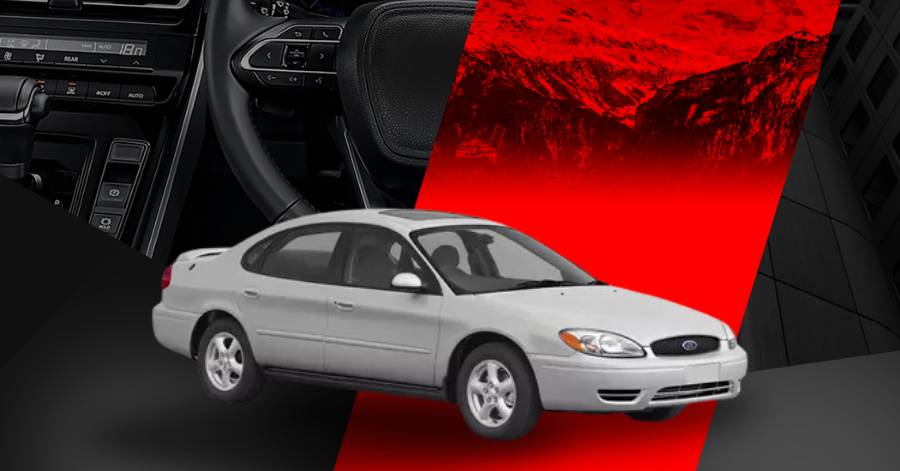
The Takeaway
We’ve covered a lot of ground. The most important thing is getting your teen a car with stability control, side airbags, anti-lock brakes, and high crash scores. Newer used vehicles offer even more advanced technology.
Prioritize safety over everything else – resist the temptation to buy your teen their dream car if it doesn’t meet these standards. Stay firm and know you’re making the best choice to keep them protected as a new driver.
Once you’ve found the right car, teach your teen safe driving habits. Ensuring their vehicle is safe is just the first step. Working on driving skills together is key to developing their confidence and competence.
Make safety the top focus, and you’ll have peace of mind knowing your young driver is cruising around in a dependable vehicle built to protect them. They may not love driving a “boring” car at first, but they’ll thank you down the road. Stay smart and safe.

